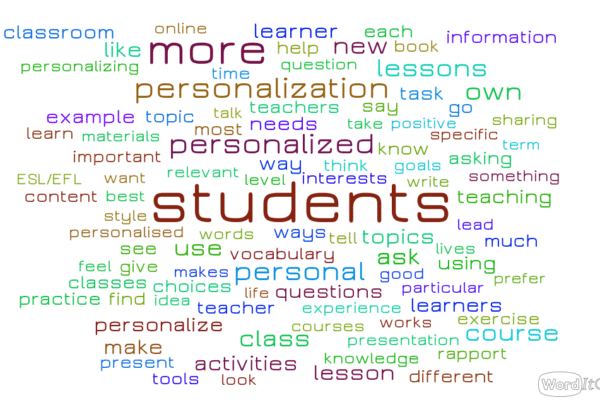Sharing Six Teaching Techniques – the last three
Hi!
This month I want to finish sharing with you the remaining three teaching techniques I recently got to know as I searched the Internet for innovation.
The idea is to create affordances in class so that students feel compelled to learn.
Below I briefly refer to remaining three teaching techniques. The previous three were the topic of last month’s post.
4. Gamification:
‘Gamification’ is another way of saying learning through play – a class procedure effective at any age since it keeps students motivated. The use of games is usually considered appropriate in elementary and preschool education. Yet, adult students can also profit from the use of games in the language class. Games allow students to learn without realizing, i.e., they promote language acquisition.
The challenge is designing game projects suitable for your students. You should consider their age and level of knowledge before designing the game. Then, you should create it, containing the four essential characteristics of all games – goals, rules, restrictions and the acceptance of the constitutive rules. Finally, let your imagination soar to make games attractive. This will motivate students to play. Dividing the class into two groups and promoting healthy competition is another ingredient to consider.
5. Social Media:
Using social media in the classroom is a way to go with what is inevitable today – students connected to their social network! You can create a whatsapp group in class for texting and taping messages. You can ask students to research topics and share their findings in that group or to text specific messages to all their classmates or someone special, depending on your teaching goals.
Another idea comes from “Red Balloon“, in São Paulo. They developed an activity called Celebrity Grammar Cops[1] that asked students to read the tweets of different artists to correct their grammatical errors. That way, students have fun and improve their English language skills!
6. Free Online Learning Tools:
The Internet is a source of an array of free online learning tools. Teachers should explore different sites to find those that will suit their teaching needs and their students’ interests. The use of the Internet encourages engagement, participation and brings fun into the learning process. For example, the web is full of free online quizzes to test student’s knowledge. Some are better than others. Carefully check the contents and the goals of what is available before assigning sites to students.
One site that offers a free platform that can be used by teachers and students is Examtime. Check it at https://www.examtime.com/en/ to see the various tools available.
That’s all for June! Next month, more…
[1] See details at: https://www.examtime.com/blog/best-of-the-web-3/





